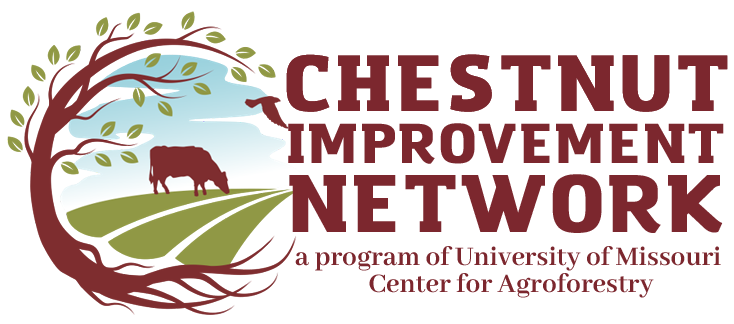CIN Breeding Materials
CIN Population types
The next-generation material we seek to establish moves beyond assorted OP (open-pollinated) seeds from the UMCA cultivar repository to one of three structured population types. Each population type offers its advantages for genetic improvement and production.
-
Full-sibling families as part of a pedigree scheme that are generated from controlled crosses.
-
Diverse OP seedling families
-
Grafted seed orchard derived seedling populations (PQK seedlings)
Full Sibling-Controlled Crosses – Full sibling-controlled crosses are the highest quality seedling we offer, and only offered to CIN breeding members. This population type establishes a new pedigree breeding scheme. Superior cultivars from the UMCA germplasm repository with complementary characteristics are paired, and pollen from “parent A” is collected and placed on receptive female flowers of “parent B.” Specialized pollination bags then enclose the pollination event to prevent contamination from airborne pollen. Complementary individuals are those that express opposite traits of interest (or defects). By crossing them, we intend to find unique recombinant offspring within their full-sibling families that inherit the desired traits of both parents (but not the defective trait(s)). Traits of interest extend to late bud break time, narrow ripening window, canopy architecture, nuts that drop free from the burs, bearing habit, pest/disease resistance, high nut quality and low defect rate, and beyond.
CIN has begun to develop around 6,000 full-sibling seedlings annually. Network growers will benefit from early access to advanced selections and new seedling populations, and new plantings will continue to serve the dual purpose of production orchards and breeding populations as we seek to adapt our germplasm to on-farm target environments across this broad geography.
OP families comprise seedling families from a range of chestnut cultivars. Like seed orchards, diverse OP families in this context descend from plots with grafted cultivars; however, these orchards typically contain a greater amount of genetic diversity (12-36 cultivars), so the pollen cloud isn’t as tightly controlled. The major emphasis of diverse OP families is to initiate genetic improvement schemes in environments that have only tested a narrow germplasm set, and where historical performance data is sparse. The diverse genetic base of this population type offers a broad lens to see location-specific constraints and opportunities. The diverse OP families are excellent for the applied selection of regionally adapted individuals/families. Much can be learned from genetic analysis of these populations to inform breeding, such as trait inheritance, traits genetic architecture, and even DNA markers associated with traits of high economic importance. The orchard’s commercial production and quality will continually improve as selection is applied to these populations and seedlings are culled.
Selecting seedling families to cultivate can be complicated – there are many to choose from. We recommend wide genetic diversity because the chestnut community is still learning about each seedling family’s performance across environments. To ease decision making, CIN has compiled bundles of maternal families for Breeding Members to consider. Breeding Member Bundles automatically qualify participants to be a Breeding Member in CIN. Each Breeding Member Bundle is created for optimal performance to encourage compatible pollination, leafing, and harvest timing. Bundles have 250 trees, comprised of 5 seedling families, each with 50 open-pollinated seedlings.
302ABNR Bldg. Columbia, MO 65211




